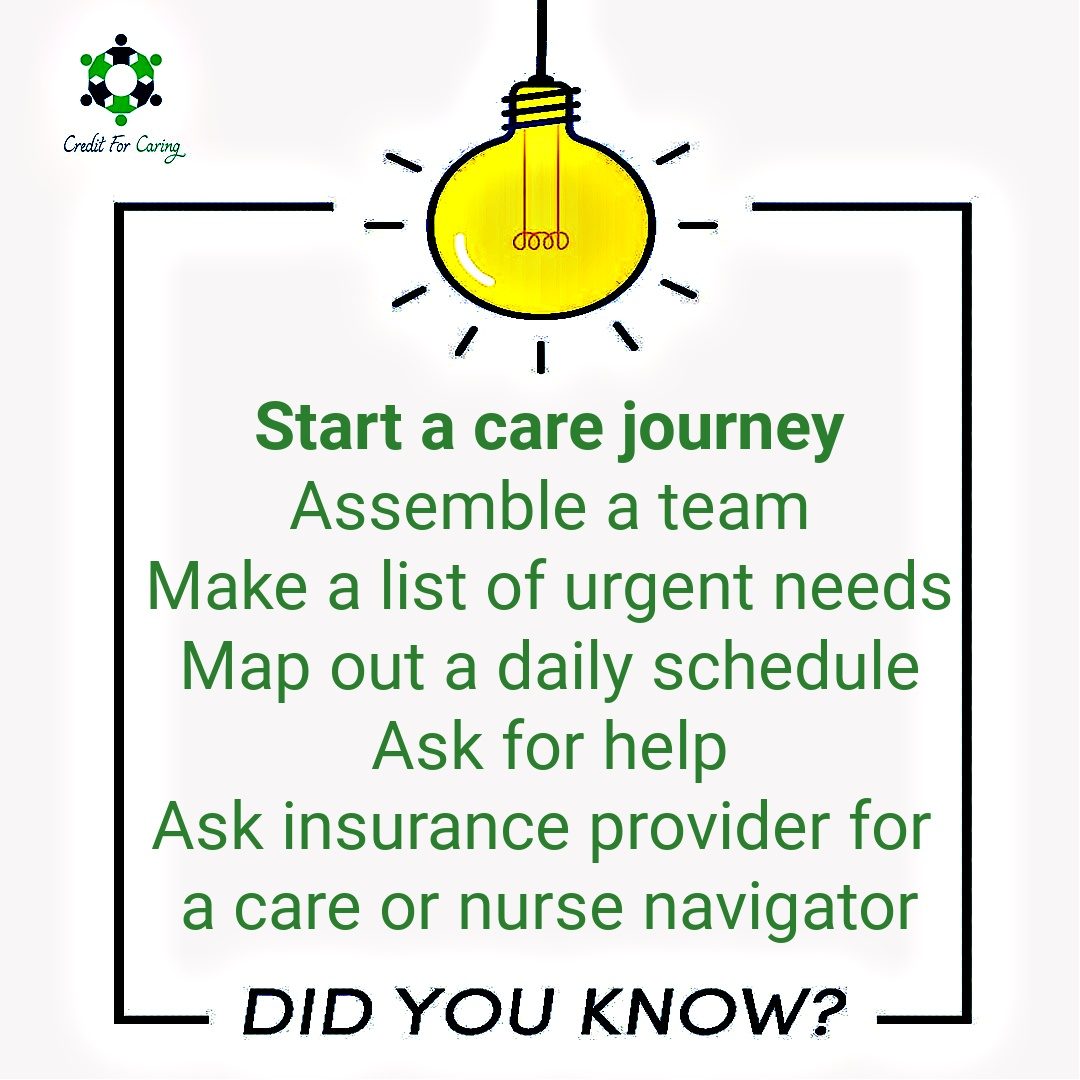“How do I plan for Long-term Care?”
Are you prepared to live for 100 years? More centenarians celebrate birthdays today.
Long-term care is no longer a luxury for the lucky few.
“How do I plan for Long-term Care?”
Are you prepared to live for 100 years? More centenarians celebrate birthdays today.
Long-term care is no longer a luxury for the lucky few.

Long-Term Care insurance is not paid for under Medicare however, more insurance programs are now adding in home support for Activities of Daily Living, Home Safety, and even at home hospital care. Call your health insurance company customer service phone number and ask for more information on your benefits.
500k+
older women today are severely lonely
5
years on avg. women live longer than men
70%
of elderly need long-term care
Assess Your Current and Future Needs
Begin by evaluating your current health, mobility, and daily living needs. Consider how these needs may evolve over time. This assessment should include physical, emotional, and social aspects of your life. Engage with healthcare professionals, family members, and caregivers to identify potential challenges and areas where support may be required in the future.
Create a Safe and Accessible Home Environment
Modify your home to ensure it is safe, comfortable, and accessible. This might include installing grab bars in bathrooms, improving lighting, eliminating trip hazards, and making necessary structural changes like widening doorways for wheelchair access. A well-designed living space can prevent accidents and promote independence.
Medicare Nursing Home Compare site is the national database and oversight of the nation’s nursing homes. Each State has their own Department of Elder Affairs or Health Affairs that monitors Assisted Living Facilities or using Eldercare Locator.
Develop a Comprehensive Care Plan
Outline a care plan that addresses both short-term and long-term needs. This plan should include healthcare services, personal care, medication management, and emergency contacts. Consider incorporating technology solutions such as medical alert systems or remote monitoring devices to enhance safety and connectivity.
Build a Strong Support Network
Establish a reliable support network that includes family, friends, neighbors, and professional caregivers. Regular social interactions and community involvement can improve mental and emotional well-being. Ensure that your support network is aware of your care plan and can step in when needed.
Plan Financially for Aging at Home
Review your financial situation and plan for the costs associated with aging at home, including healthcare, home modifications, and in-home care services. Explore options such as long-term care insurance, government programs, and savings strategies to ensure you can afford to age in place comfortably. Regularly revisit and adjust your financial plan as needed.








